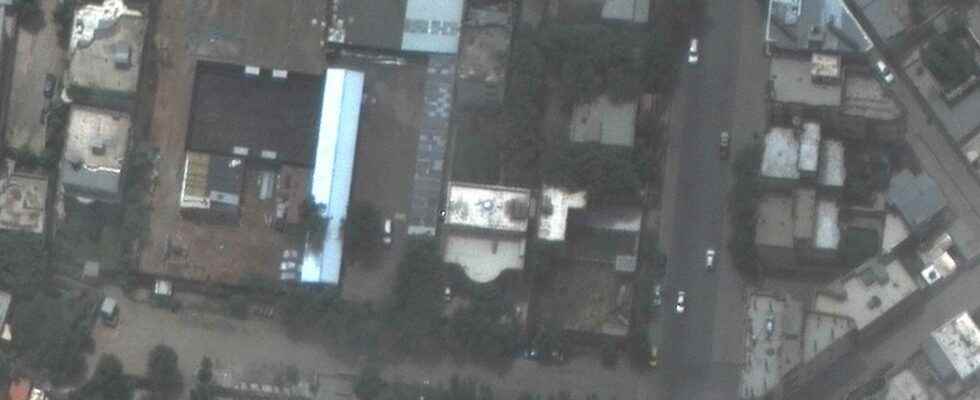Published: Just now
The aged terror leader is said to have enjoyed watching the sunrise from his balcony in central Kabul – a habit that eventually brought him down.
This is what allegedly happened when al-Qaeda’s head was killed in an American drone attack.
The more than 20-year manhunt for Ayman al-Zawahiri, one of the masterminds behind the September 11 attacks, ended Sunday morning in an affluent neighborhood in the heart of Afghanistan’s capital.
Two explosions were heard around a quarter past six, and smoke could then be seen rising over Sherpur, journalists and Kabul residents say.
The confusion was great for a long time about what actually happened; the Taliban initially claimed that a rocket attack hit an unoccupied house and that no one was injured.
But on Tuesday morning came the news that the US had killed the 71-year-old al-Zawahiri in a drone attack. Two so-called Hellfire robots were said to have been used in a well-balanced attack on a balcony of the house where al-Zawahiri was able to live and work since the Taliban seized power in Afghanistan. In a speech, President Joe Biden was careful to emphasize that no one else – not even the terrorist leader’s family, who were inside – was injured.
Careful planning
A contrast to many previous so-called precision attacks around the world where civilians often fell victim. A year ago, for example, ten innocent people, including seven children and an aid worker, were killed in a US drone attack that the Pentagon initially said killed a person planning a terrorist attack on Kabul airport.
The attack on al-Zawahiri was planned for months. American representatives state that, among other things, they built a model of the house with the balcony in Sherpur that was shown to Biden, and that engineers were called in to analyze what damage could possibly occur to the building in the event of an attack. Through intelligence work, they also managed to map the al-Qaeda leader’s “lifestyle” – and thereby discovered that he liked to go out on the balcony after morning prayer.
In a picture of what is believed to be the house in question, taken by the BBC correspondent (not the picture above), the building appears to be relatively intact.
New robot variant
Many who see the picture wonder how two deadly robots could cause so little material damage. The answer may lie in the type of Hellfire robot used.
Some experts speculate that it could be the R9X variant that kills without detonating. Instead of exploding, and thus creating greater havoc around the impact site, the robot does damage simply by hitting the target with all its weight and momentum. Additionally, the R9X deploys six long knife blades just before impact to increase its lethality.
According to American media, the robot variant was first used in 2017 when another high-ranking al-Qaeda leader, Abu Khayr al-Masri, was killed in Syria. Pictures of the car he was traveling in show how the roof was cut open as if by a large blade. There were no signs that any explosion had taken place.
